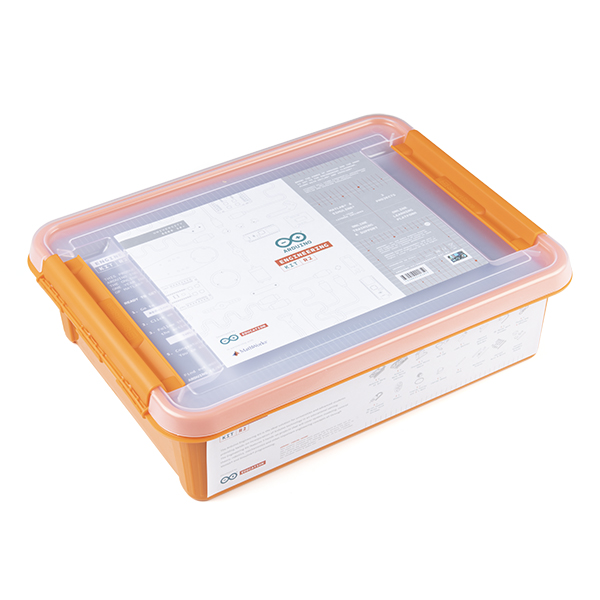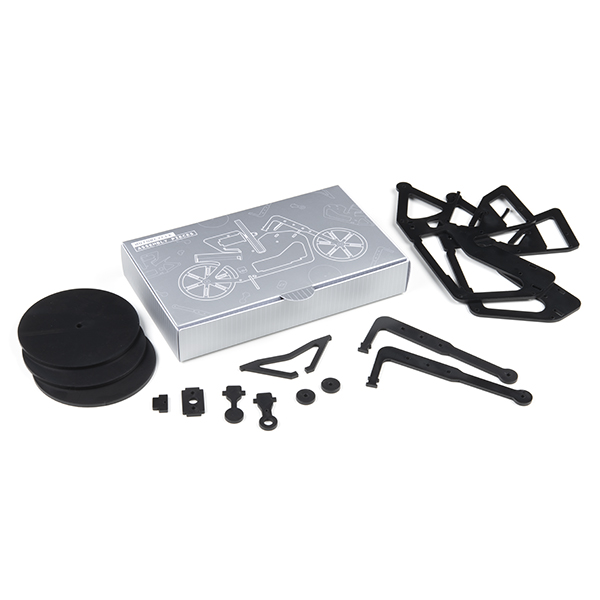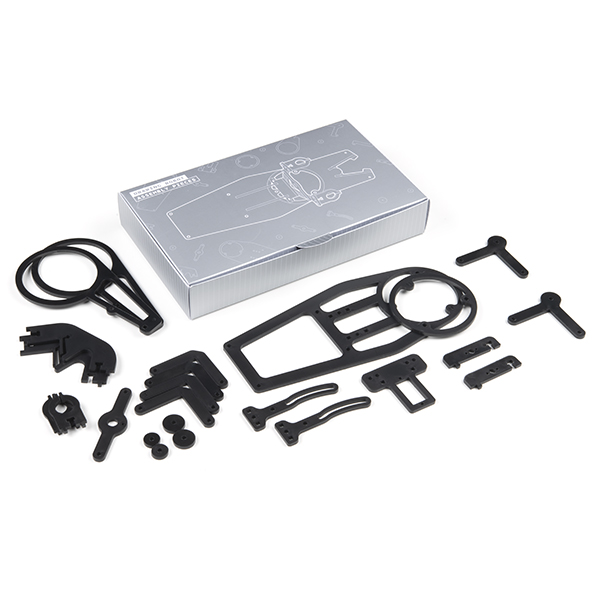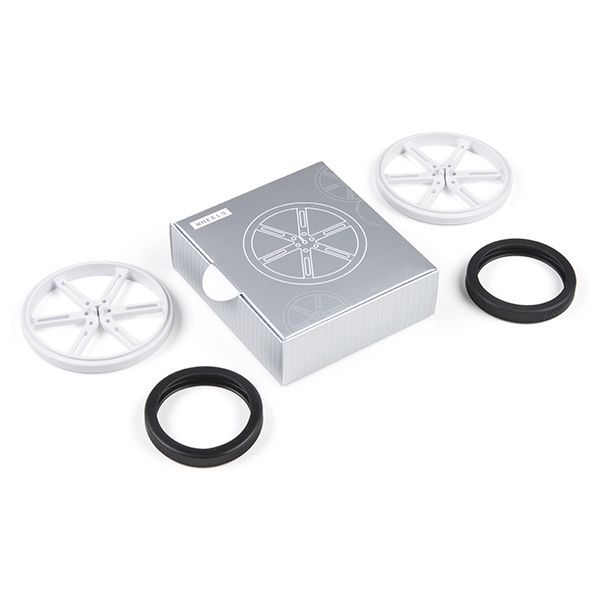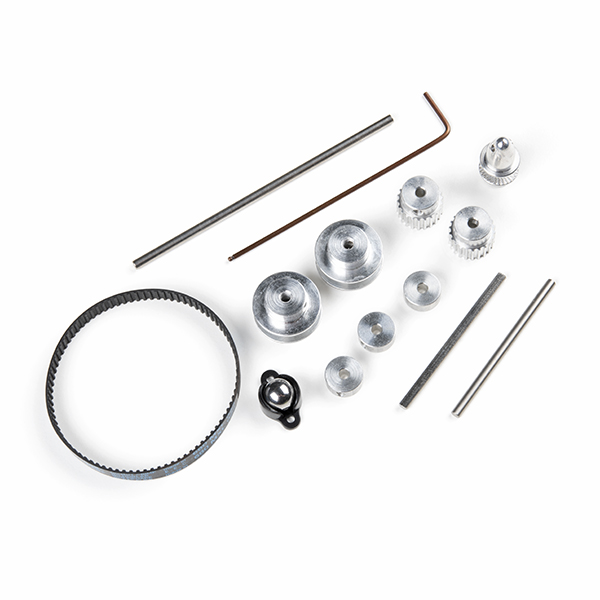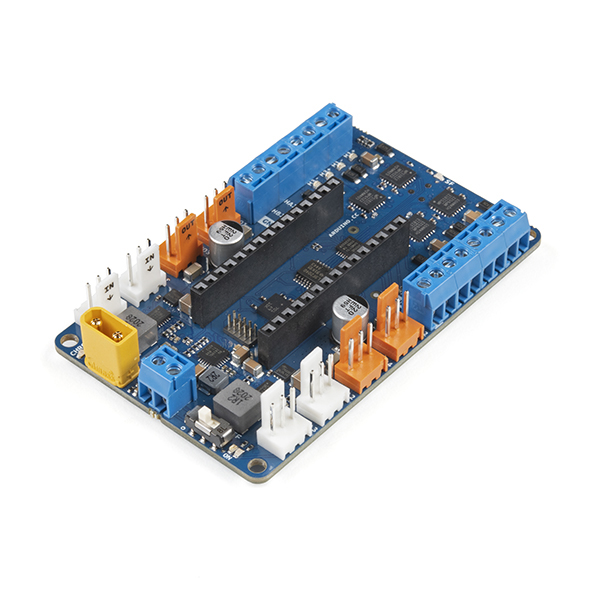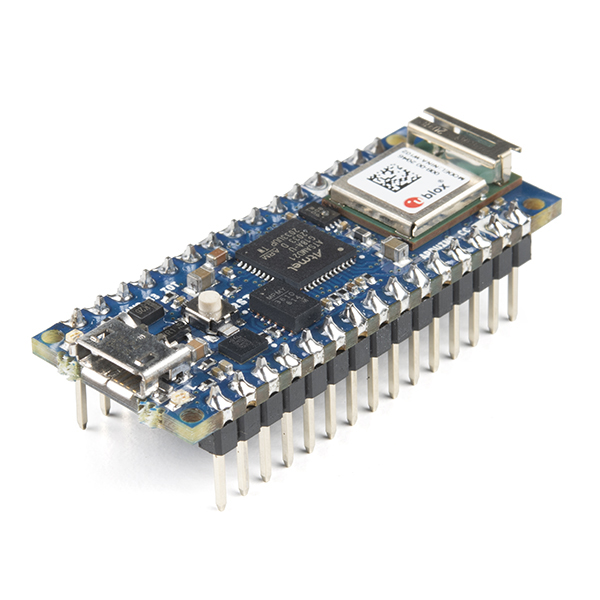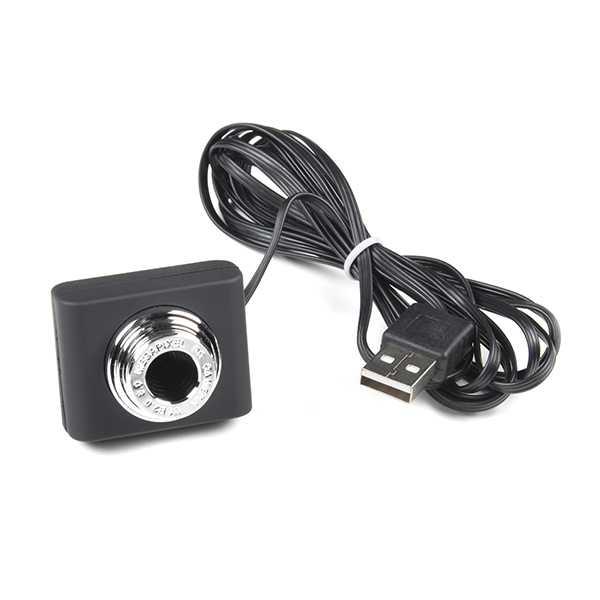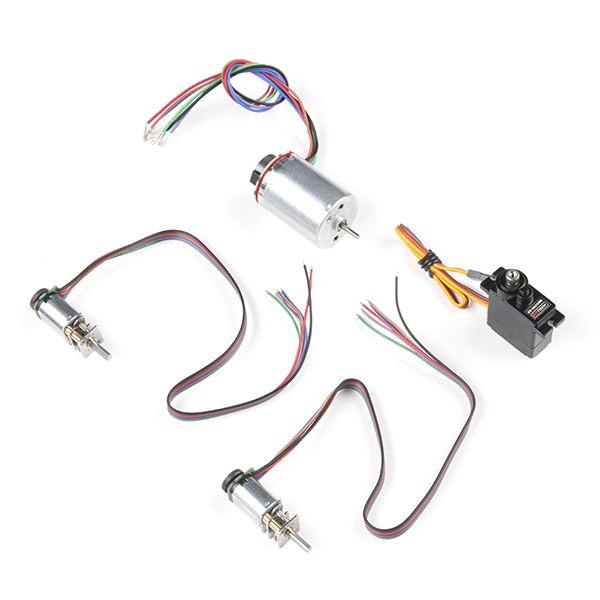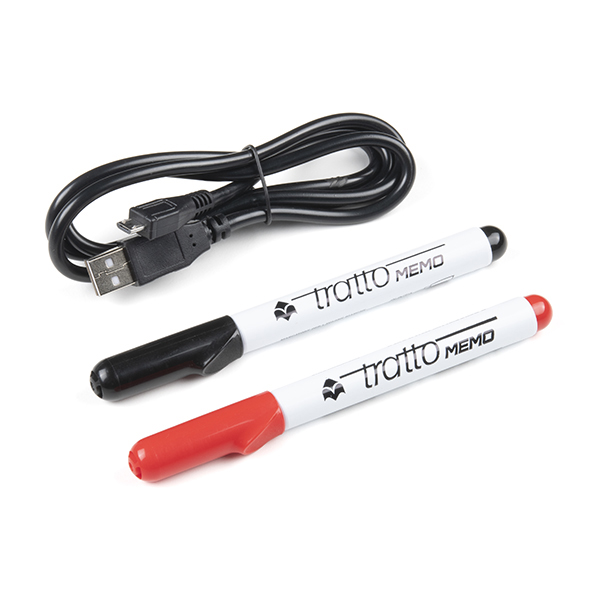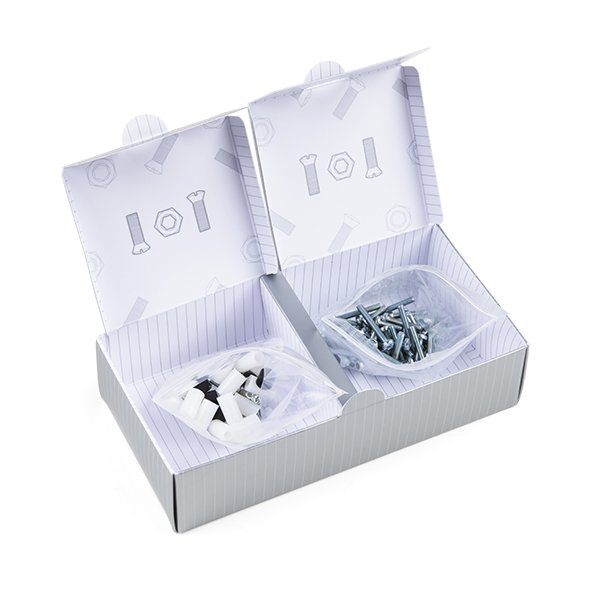The Arduino Engineering Kit Rev 2 provides extensive learning outcomes, giving students a strong understanding of basic engineering concepts through fun projects that create a collaborative learning environment. Students are able to connect what they learn with real-world industries, are encouraged to think critically, and improve their depth of knowledge by learning through experimentation. Ideal for advanced high school and college students.
The Arduino Engineering Kit Rev 2 is a versatile, hands-on learning tool that demonstrates key control systems concepts, core aspects of mechatronics, and MATLAB and Simulink programming. The projects cover the basics of model-based design, control systems, image processing, robotics, signal processing, and more - plus they’re fun to do! The kit includes all the physical components you need, including learning materials and software, to build the three projects: a self-balancing motorcycle, a webcam controlled rover, and a drawing robot. There’s online step-by-step guidance, so it’s ideal for students working in small groups or for facilitating remote learning.
The kit is primarily for three types of users: students learning about mechatronics engineering, professors looking for practical resources to support their class, and makers with an interest or background in robotics, either professionally or as a hobby.
Educators can freely tailor the Arduino Engineering Kit Rev2 to their students´ needs and their own curriculum. You can use this versatile kit as the core of a new engineering mechatronics class or freely adapt the content to your own ideas and experiments while implementing MATLAB and Simulink, for example as part of laboratories and final projects.
Opportunity for lots of experimentation for both educators and students. In addition to the three projects, students have the freedom to experiment, design, and develop new solutions using the software and hardware components in the kit, which are some of the tools that are used in industry and help students learn valuable career skills they’ll use in the future. Students can also buy the kit and use it to experiment at home and for extended learning.
- Several customized parts, a complete set of electronics, and all the mechanical components needed to assemble each project (a webcam controlled rover, a self-balancing motorcycle, and a drawing robot):
- Arduino Nano 33 IoT
- Nano Motor Carrier with IMU and battery charger
- Three sets of mechanical pieces to assemble the projects
- Li Ion 18650 battery
- Two geared motors with encoders
- DC motor with encoders
- Servo motor
- USB cable
- Two whiteboard markers
- Two wheels
- Allen key
- Webcam
- Nylon thread
- Screws, nuts, and bolts
- A hard plastic, stackable toolbox ideal for storage and years of use
- A one-year individual license for MATLAB and Simulink
- Student e-learning platform with step-by-step guidance
Here are the differences from Rev 1 to Rev 2:
Optimized compact hardware design with the new professional Arduino Nano 33 IoT
Improved battery management with the custom Nano Motor Carrier Board
- Improved box and kitting for better classroom management and cargo safety
- Enhanced robot performance with new Simulink models
- Reduced assembly time and improved overall performance with better mechanical structure designs
- Content is upgraded and available on a new online platform for better user experience
- Upgraded MATLAB and Simulink to 2020A version
- Arduino Part #: AKX00022
Arduino Engineering Kit Rev2 Product Help and Resources
Core Skill: Robotics
This skill concerns mechanical and robotics knowledge. You may need to know how mechanical parts interact, how motors work, or how to use motor drivers and controllers.
Skill Level: Competent - You may need an understanding of servo motors and how to drive them. Additionally, you may need some fundamental understanding of motor controllers.
See all skill levels
Core Skill: DIY
Whether it's for assembling a kit, hacking an enclosure, or creating your own parts; the DIY skill is all about knowing how to use tools and the techniques associated with them.
Skill Level: Rookie - Basic hand tools are required and instructions will allow more freedom. You may need to make your own decisions on design. If sewing is required, it will be free-form.
See all skill levels
Core Skill: Programming
If a board needs code or communicates somehow, you're going to need to know how to program or interface with it. The programming skill is all about communication and code.
Skill Level: Rookie - You will need a better fundamental understand of what code is, and how it works. You will be using beginner-level software and development tools like Arduino. You will be dealing directly with code, but numerous examples and libraries are available. Sensors or shields will communicate with serial or TTL.
See all skill levels
Core Skill: Electrical Prototyping
If it requires power, you need to know how much, what all the pins do, and how to hook it up. You may need to reference datasheets, schematics, and know the ins and outs of electronics.
Skill Level: Rookie - You may be required to know a bit more about the component, such as orientation, or how to hook it up, in addition to power requirements. You will need to understand polarized components.
See all skill levels
Comments
Looking for answers to technical questions?
We welcome your comments and suggestions below. However, if you are looking for solutions to technical questions please see our Technical Assistance page.
Customer Reviews
No reviews yet.

